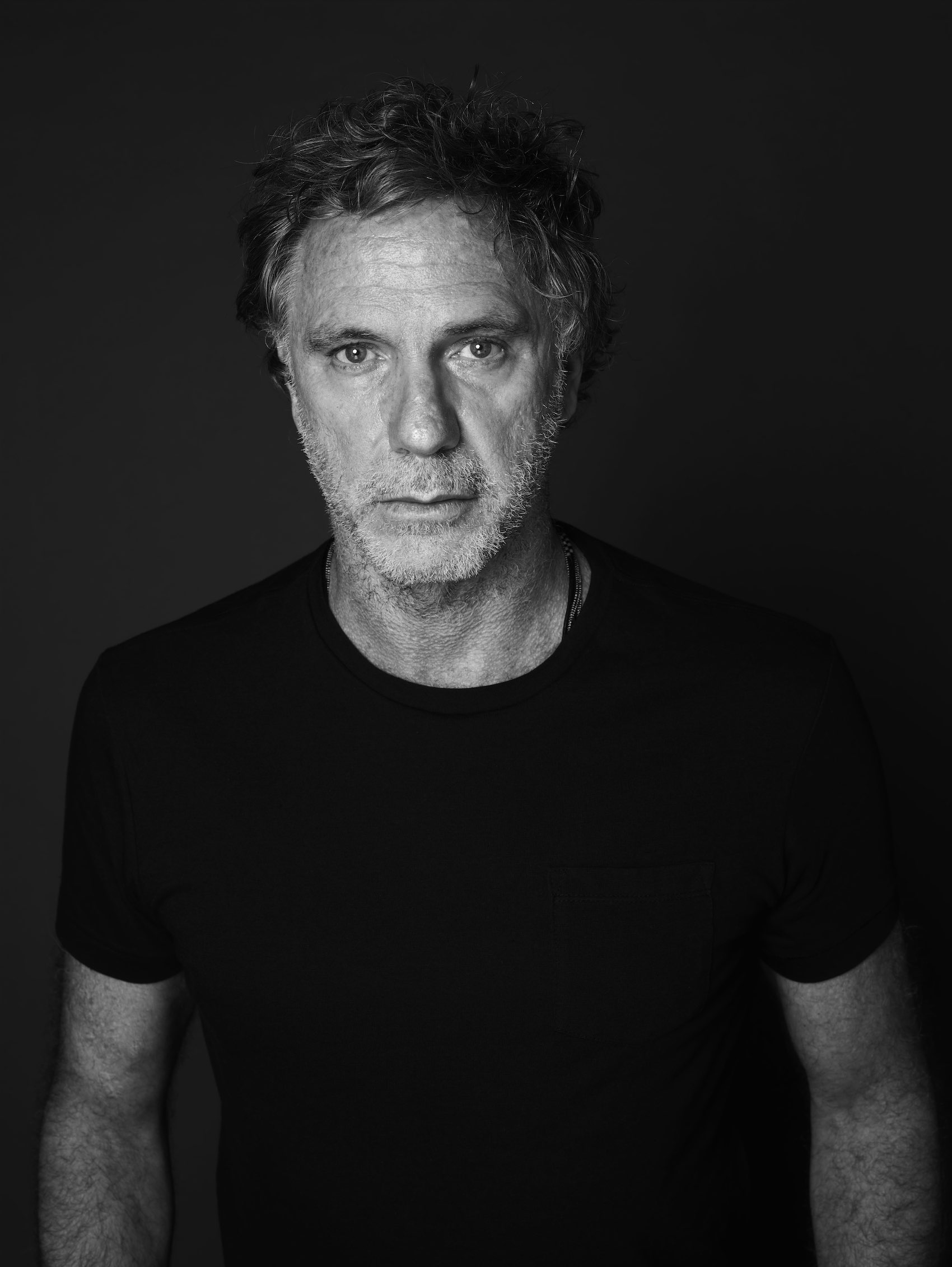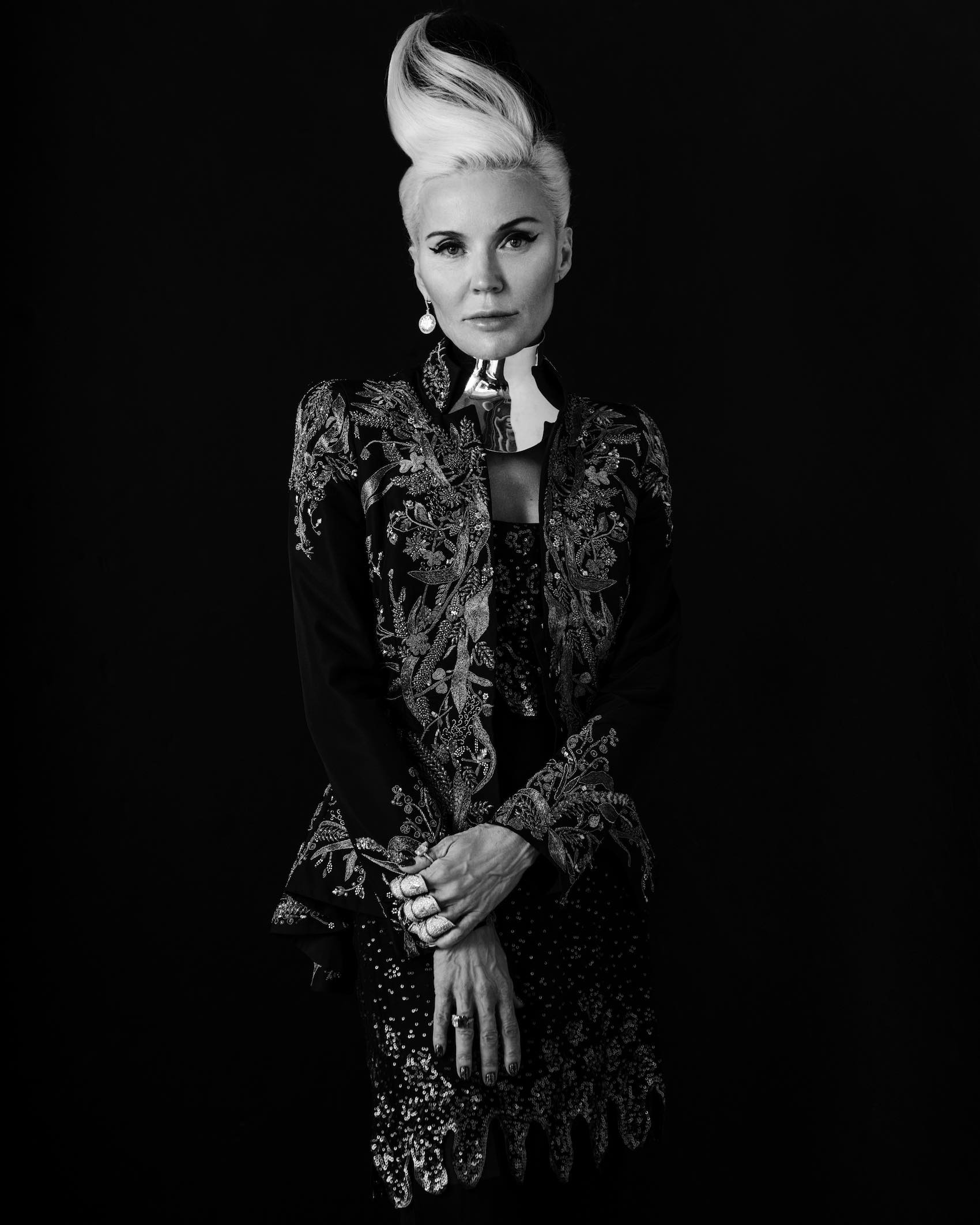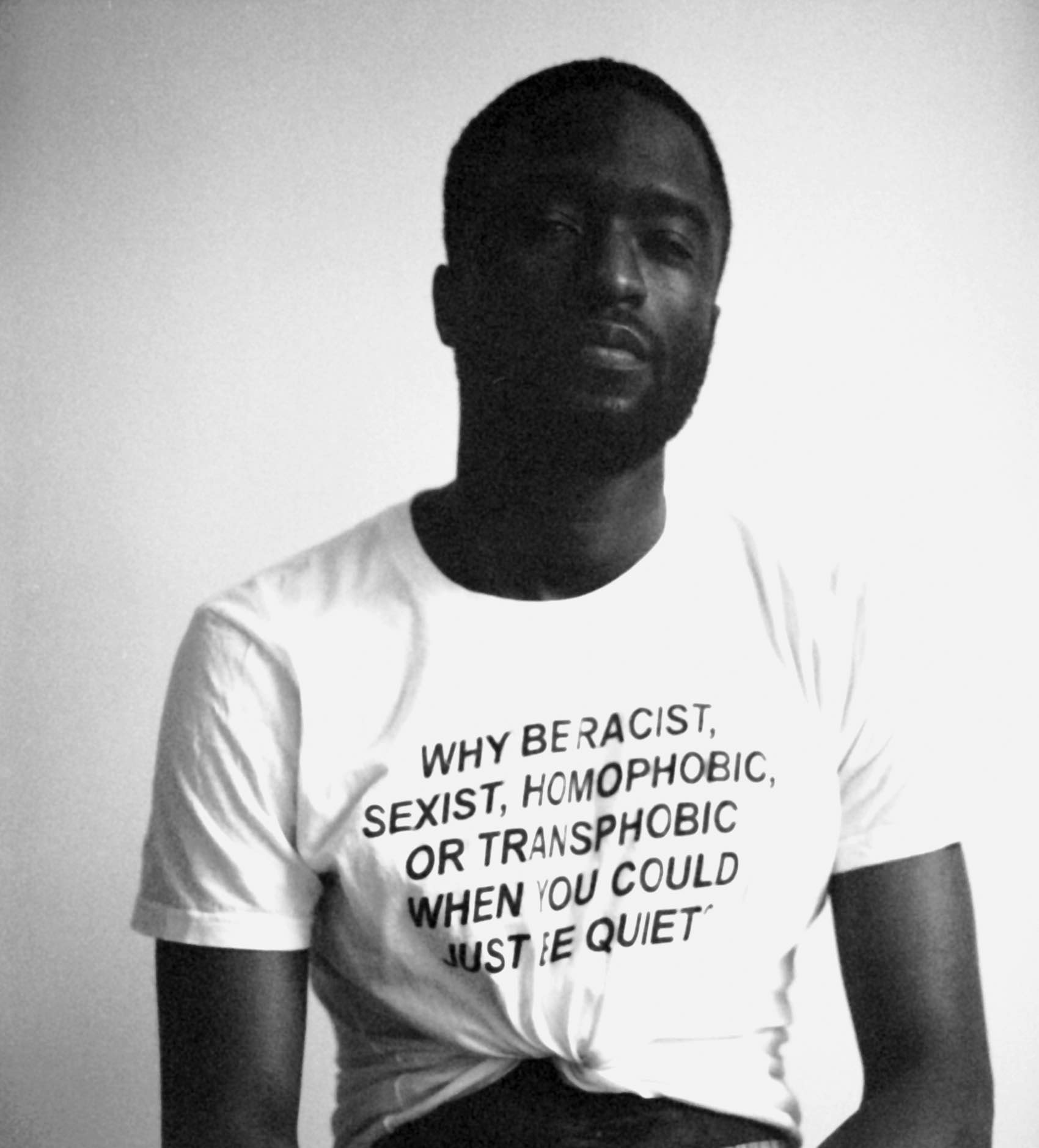Sustainability and fashion don’t always go hand in hand. But for designers Eileen Fisher and Emily Bode, it’s a no-brainer. Fisher has been defying the standards of the industry for more than 30 years. With her brand, she strives to make clothes for real women using organic and recycled materials; her Renew program repurposes and recycles pieces from previous seasons that customers have returned. Emily Bode is a young designer who has recently taken men’s fashion week by storm with her collection made almost entirely from vintage textiles. Bode specializes in turning anything, from brightly colored quilts to vintage tablecloths, into custom menswear pieces. Together, Fisher and Bode discuss how to find balance in their work and life, and where they find inspiration in their own space.
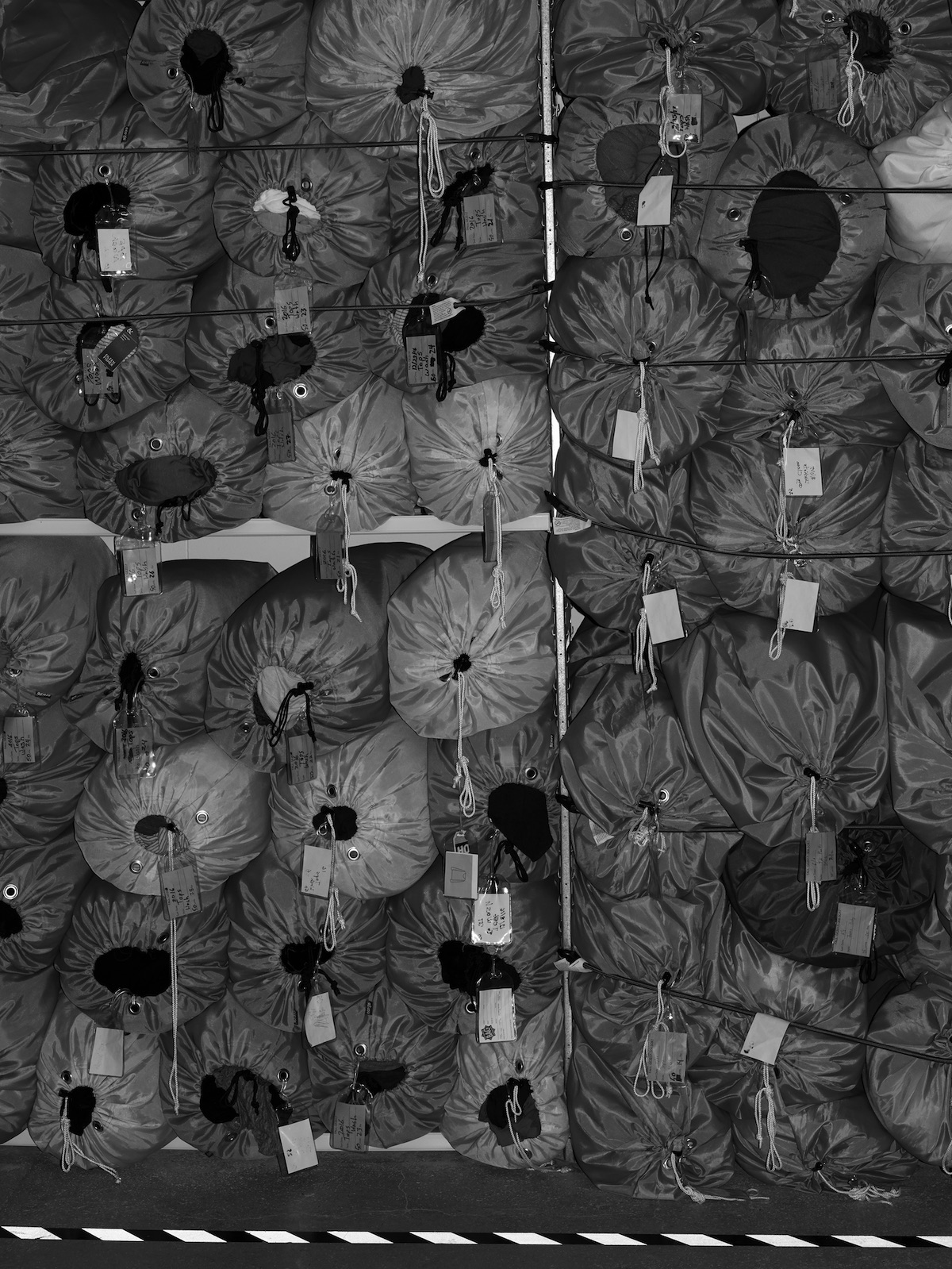
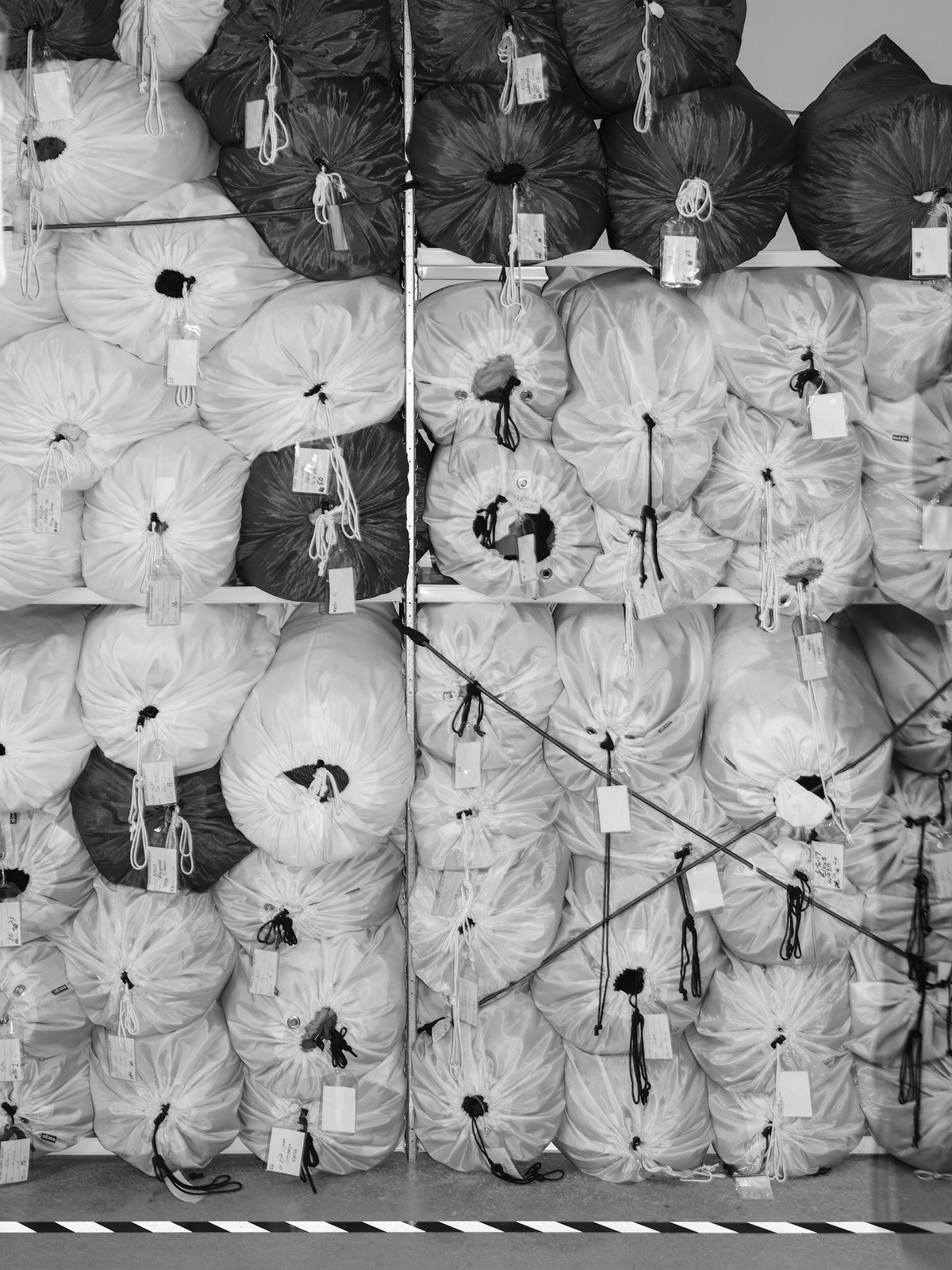
Emily Bode: I recently moved from my apartment into a studio space, and I remember speaking to one of your oldest collaborators about how that’s how you started—you were working out of a friend’s apartment. My studio is based in Chinatown now, and I still cut patterns on the floor. How did you know when it was time to move from that Lower East Side apartment into a larger studio space?
Eileen Fisher: I actually started in my loft in Tribeca. It was a small loft, just 1,000 square feet. That’s where I cut the garments on the floor. Then I had a woman who worked for me, my first employee, who had a baby. Simultaneously, the business was getting too big for my loft, so we moved to the Lower East Side. She had a bigger loft than me. I rented a small space in that space and she continued to work with me after she had her baby. But that was still almost working out of home. The business kept outgrowing the space. So I always looked for creative space to work in. My background is actually interior design, so I’m very interested in space.
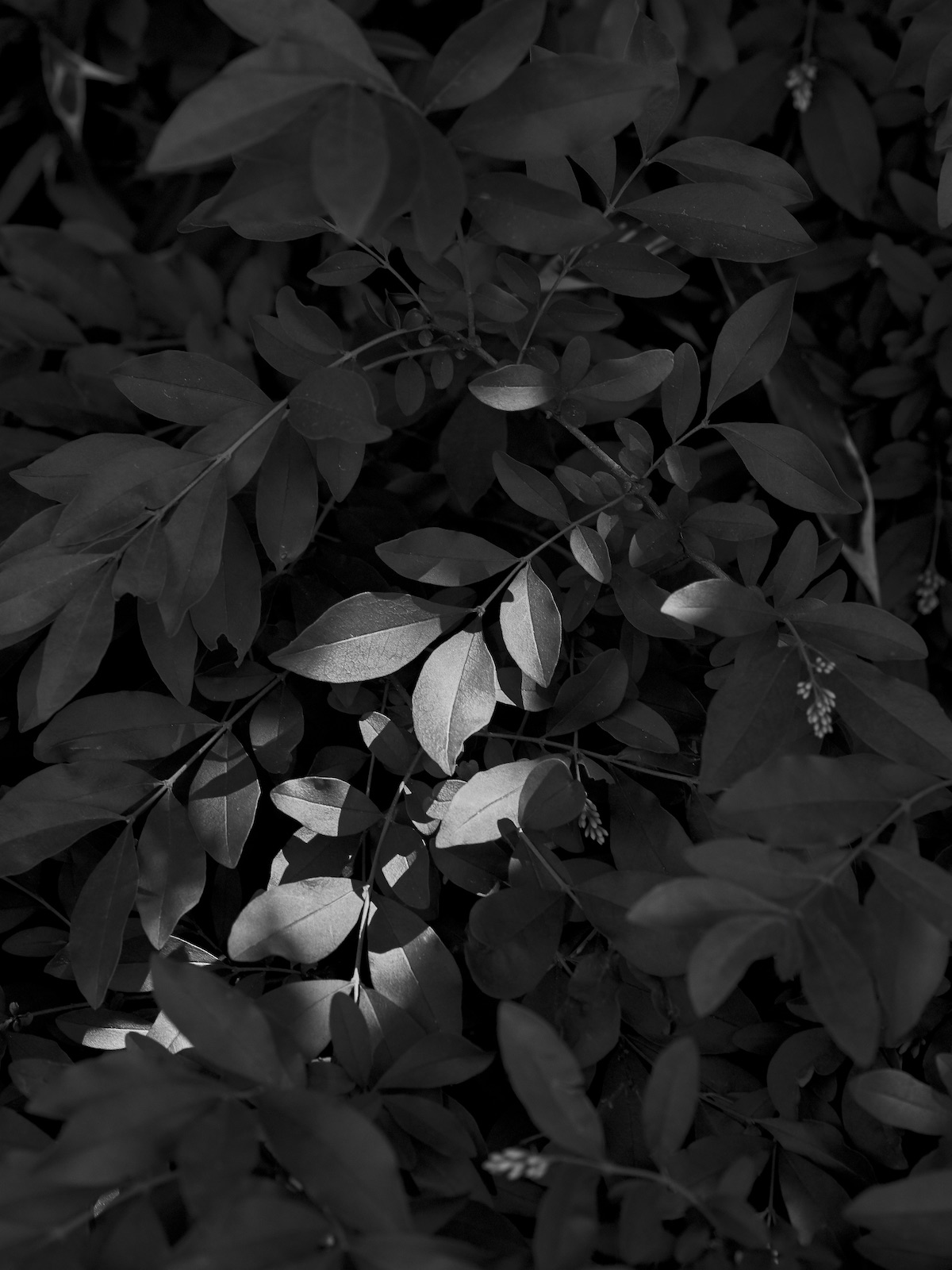
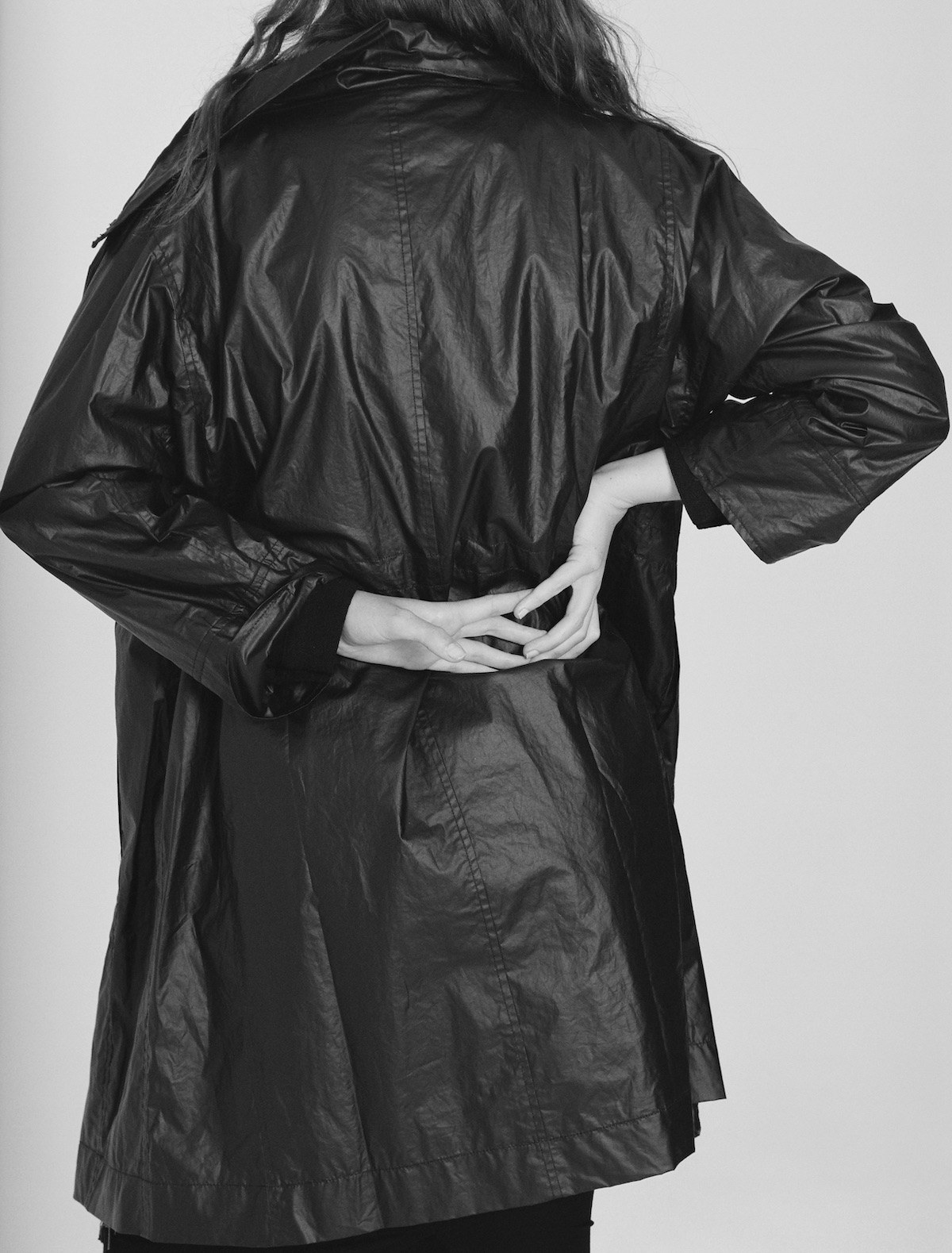
EB: When you switched from being an interior designer to doing fashion, did you know you wanted a line? Or did you just start making clothes and it turned into more of a line and less object-based making?
EF: It was probably more of a line. I found myself in Japan, you may know that story. I’m very inspired by the kimono and the cropped pants and the fabrics. I was sort of conceptual in my way of thinking. I’m not really trained as a clothing designer. So it was more about the fabrics and how they went together and the shapes and proportions. It was a little different way in, I think, because I wasn’t a trained clothing designer.
“If I could have my wish, I would say that we transformed the fashion industry. We were a part of moving it from a nasty polluting business into a really clean, circular holistic business that actually serves women and really meets their needs, that takes care of the planet and people.”
EB: You’re still very much an identifiable Manhattan label. But when you first moved up the Hudson River to Irvington [about 20 miles north of Manhattan], did you feel like you changed as a designer or a creative person?
EF: Everyone relaxed a little. It felt a little more spacious. But I don’t think my aesthetic changed.
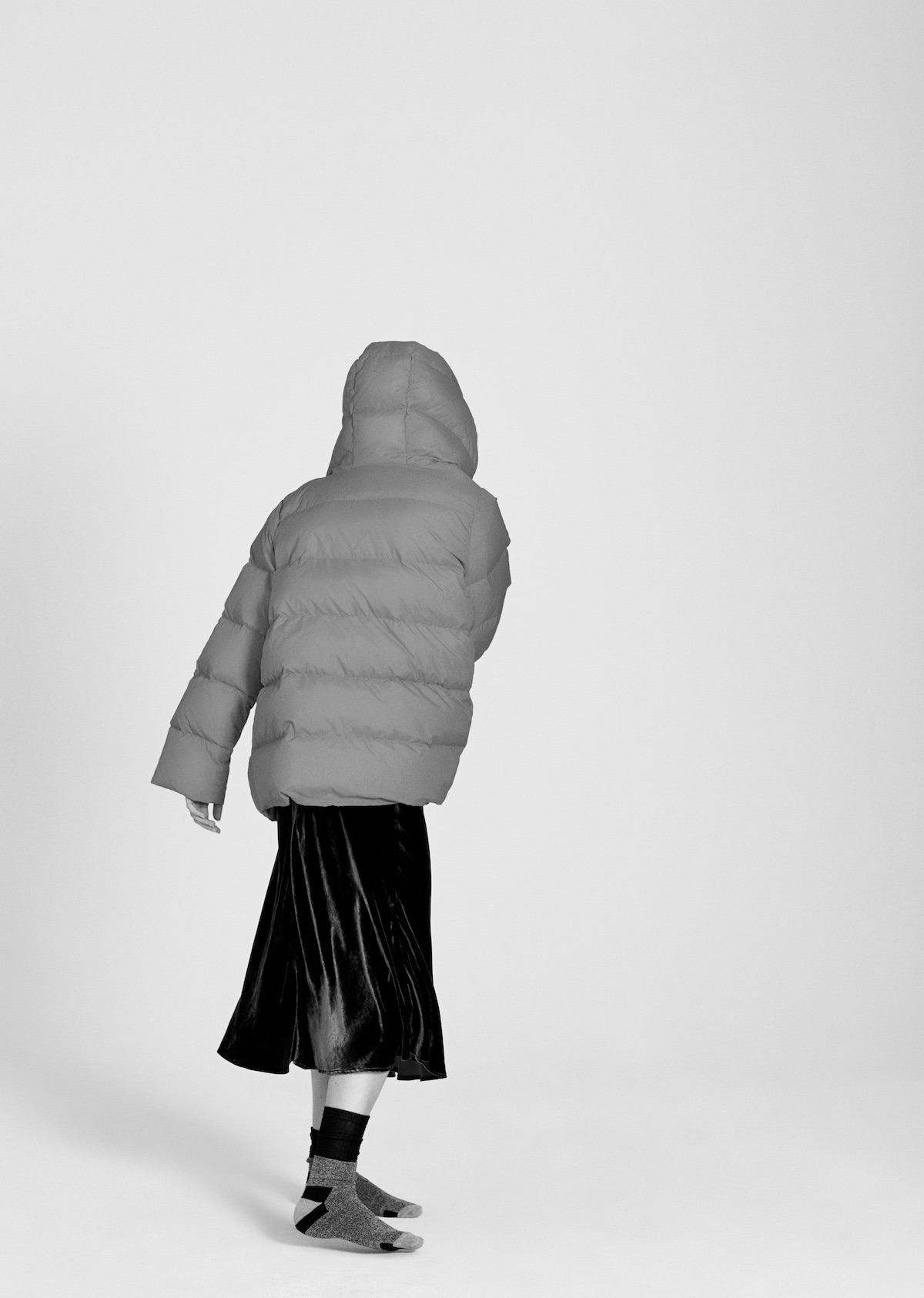
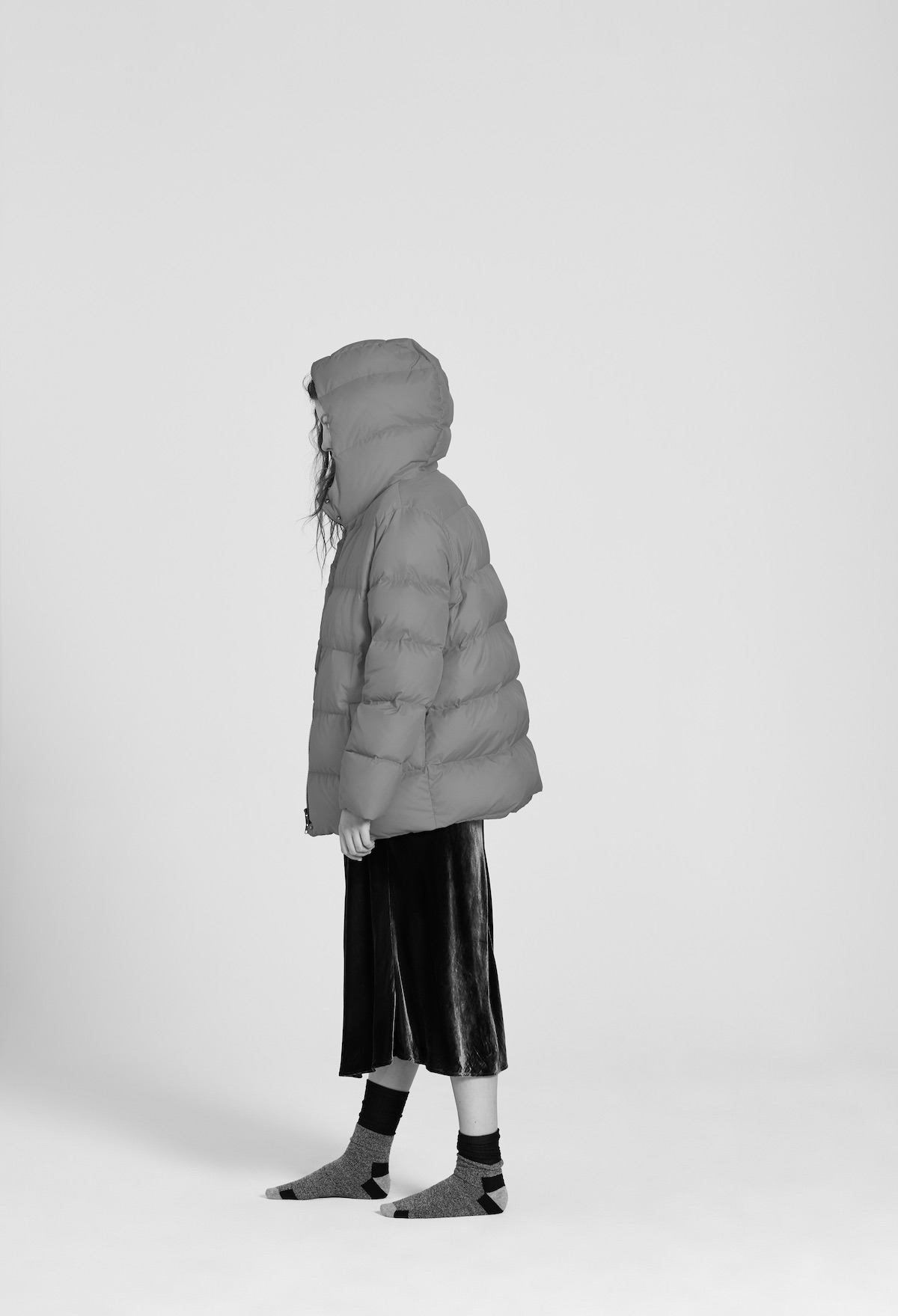
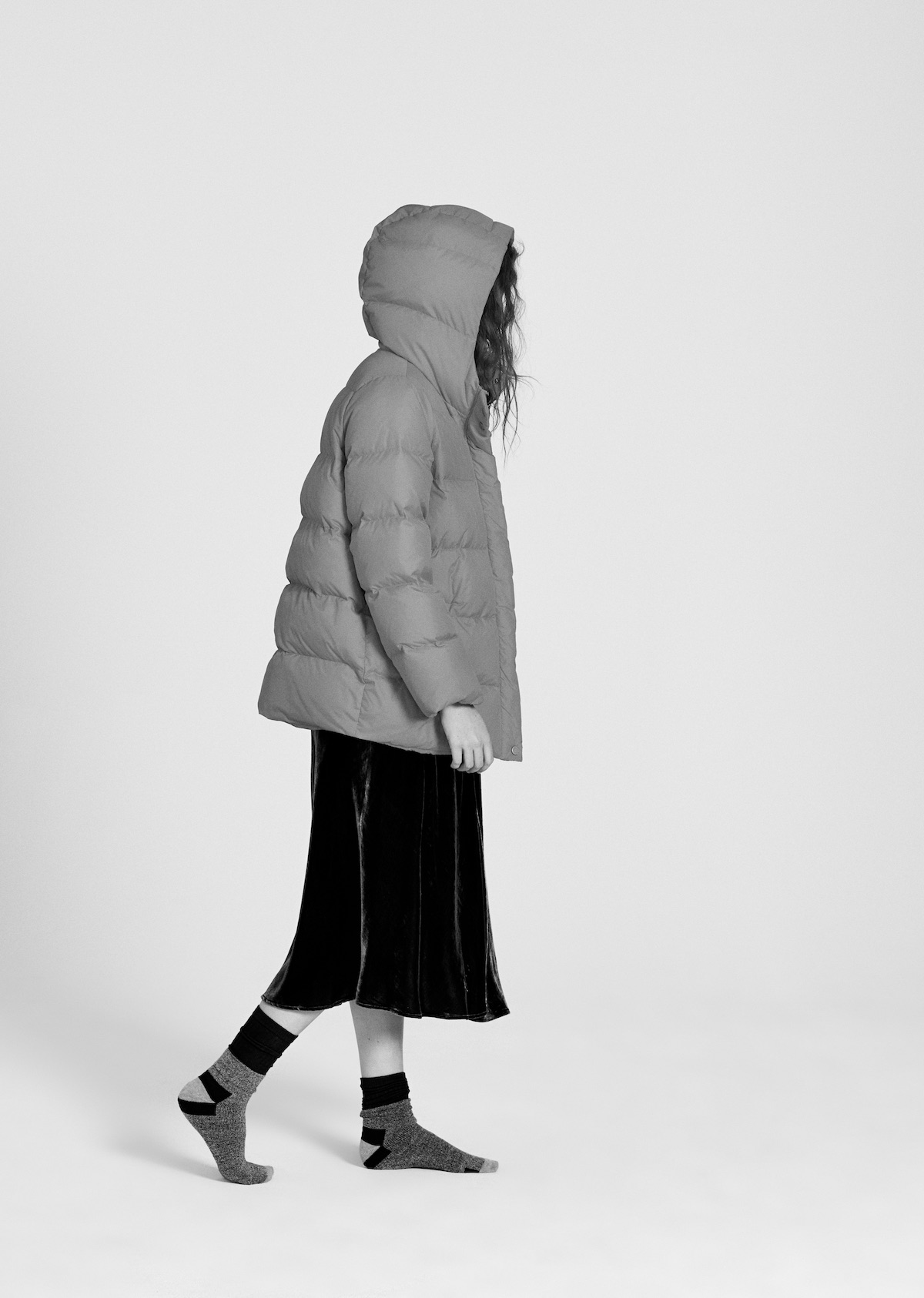
EB: What was the most significant personal change?
EF: I felt like I got a life a little more. My life has been so much my work. Then I made some friends out here with kids. It worked better for my family, and for my kids. It’s easy to be a designer and just be obsessed with your work, and that’s good and fun and that can make it great. At the same time, that’s not all there is. Figuring out how to balance it all is an ongoing project. That’s work a lot of women deal with these days. It takes hold of you and you’re always trying to solve it and figure it out and create the next thing. So where do you live? Do you live in the city?
EB: In May we moved from working in my apartment to a studio on East Broadway. It’s wonderful to be able to walk to work. It’s only been two years, but I have no time for my personal life at all. But you did it so beautifully. Looking at your spaces and reading about the way you kept really true to your brand, even as you scaled the elegance that goes along with your clothing, I just really responded to that and have since I was little.
EF: I would just say to that, that that’s a lovely illusion. In fact, it’s a vast amount of work and a constant balancing act. I’ve had tremendous struggle through a nasty divorce. With the brand, I’m always good at seeing where it isn’t consistent, but I know there’s been a tremendous, wonderful team on it working really hard. It’s a constant shifting and correcting. How about you? Are you trying to create a brand?
EB: I’m in menswear, so it’s a little bit different. We started doing one-of-a-kind pieces and selling to primarily Japanese accounts. Now we’re going to hit 36 stores. We’re opening up wholesale a lot this season. But we’re still primarily private-client-based. I’m at the point of figuring out what makes more sense as a maker and the way that you scale a business.
EF: That’s a really hard thing you’re doing. It’s quite different than what I did.
EB: You did it really well with your repurposed pieces. You’re so organized up there, they know exactly where each bundle of a certain yarn is, spanning years using similar colors and textiles. In a technical way, you’re not wavering from where you started, even aesthetically. When [customers] go to recycle the clothing, it’s so clear what you’re making. It’s almost like taking a whole brand, every item they’ve ever made, and putting it in a room and seeing if it all makes sense. The same girl could shop so many years ago and shop today and be able to put an outfit together that’s still very much yourself.
EF: One of my biggest fears when we started taking the clothes back was that I was going to freak out at seeing all of this stuff. All the mistakes, all the things I hated. But in the bigger picture of things, it probably is more consistent. It certainly was an effort to make it that way as we were going to create something that would make it possible for women to have a series of pieces that they could just add a few to and not have to throw things away. Because they’re simple enough that they can just put them with something new and all of a sudden, a piece from six years ago looks brand new because you just put a striped pant with it.
EB: The idea of making those repurposed pieces, did that come naturally? And making objects for the domestic space, like the pillows, was that just a part of the Renew program or did you always make objects for your own home?
EF: I’m very interested in my own home, but actually, I’m not like you in that I’m not a maker. I can’t get my hands to make things. My mother used to say, “Oh my god, you’re starting a clothing business, Eileen—you can’t sew!” But I always see the big picture and need to work through others. I’ve always wanted to have a line of home furnishing. This idea came through the leftovers of the leftovers. There, we are taking the pieces and covering and resewing and cutting and making garments where we can. But it’s hard to repurpose it all. The woman who came up with the idea of the felting for the home furnishing area was my very first employee who had the loft that I moved into.
EB: Yes, I met her at the factory! I felt such a connection to her.
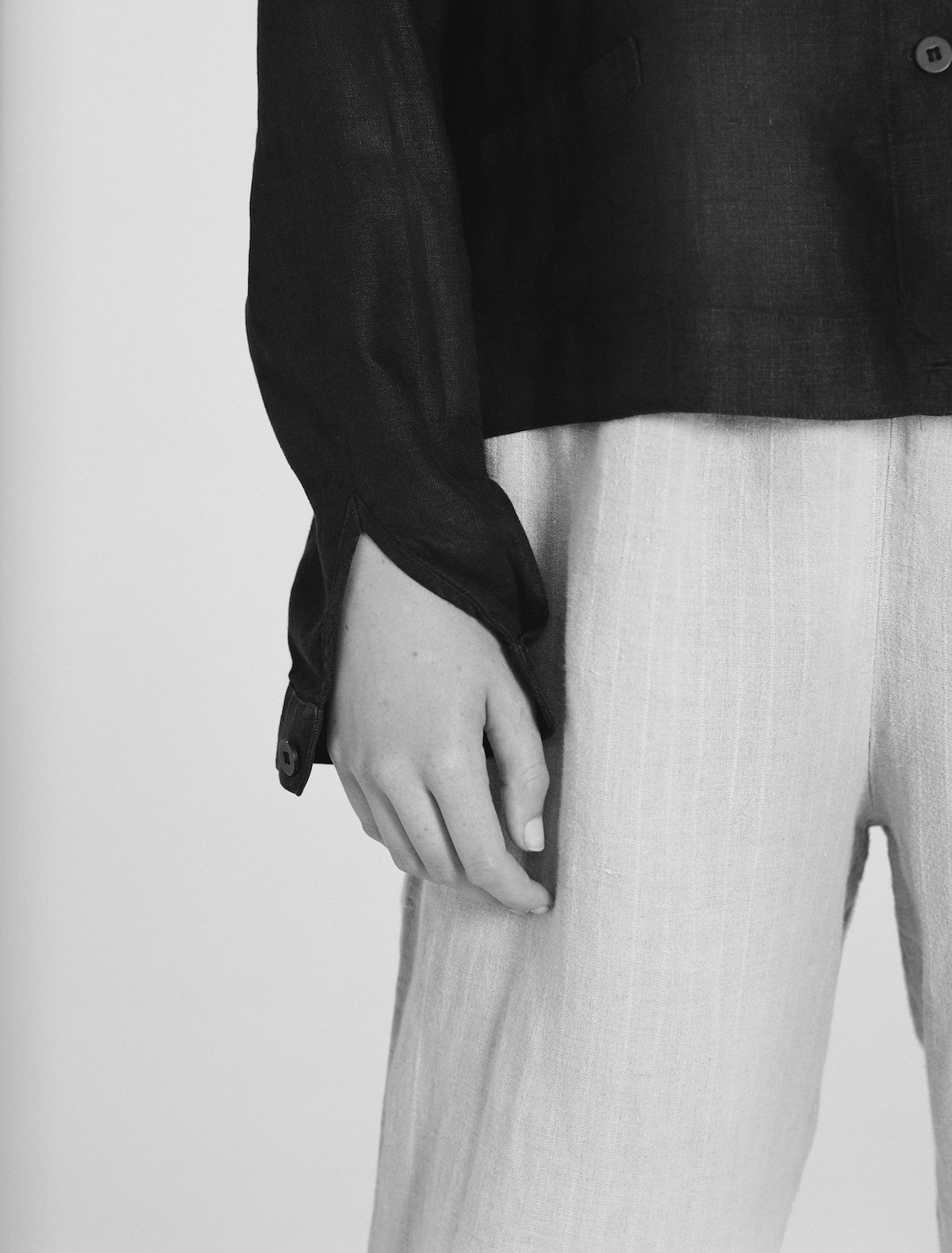
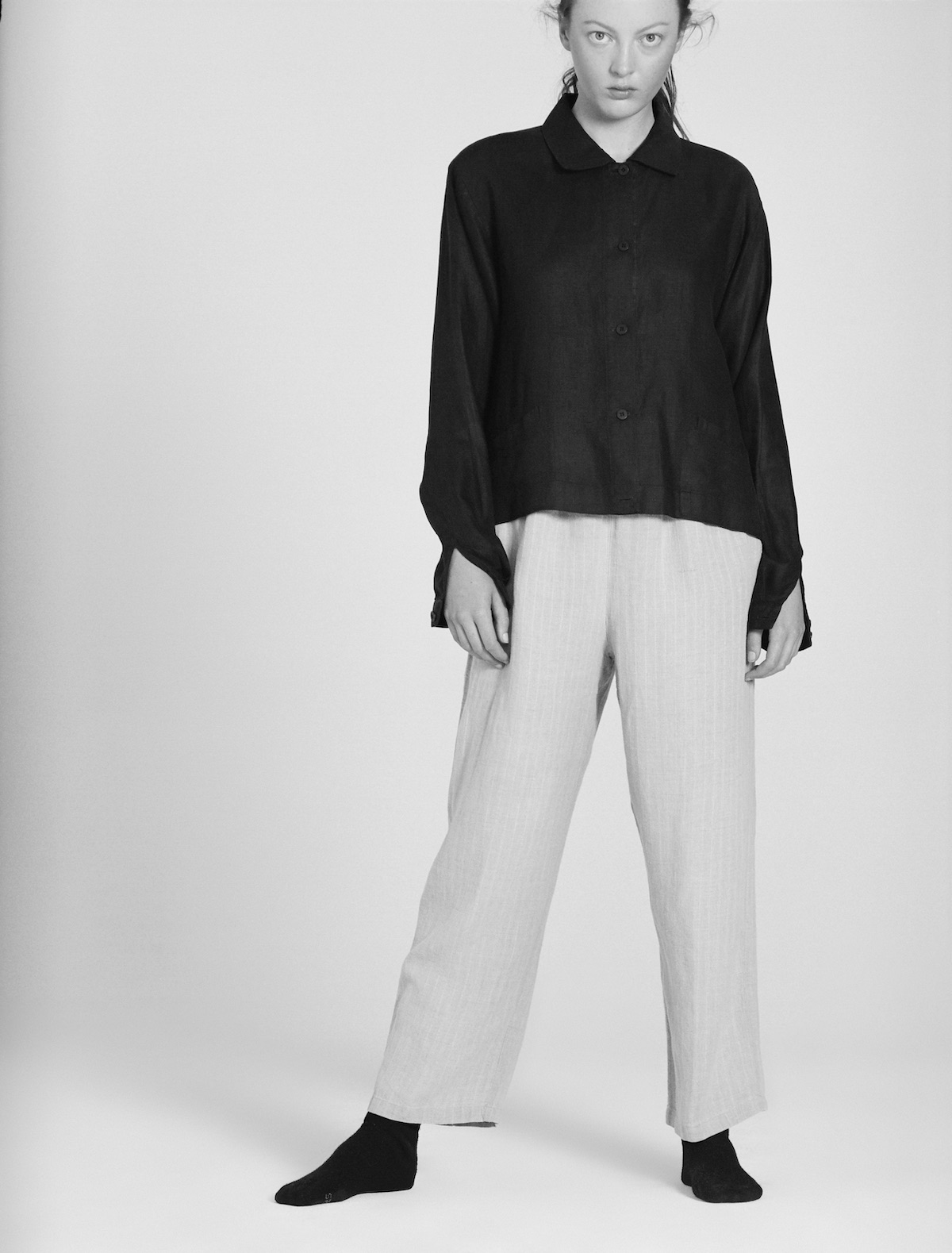
EF: She’s a maker. Ever since the early days, she would take leftover pieces and make quilts and things like that. I never did that but I always admired that she could do that. This whole area is now another emerging possibility. I love when creative things happen—mountains of clothes and then someone comes up with some brilliant ideas. Amazing things emerge out of that. That excites me.
EB: What do you hope to leave behind as a designer?
EF: If I could have my wish, I would say that we transformed the fashion industry. We were a part of moving it from a nasty polluting business into a really clean, circular holistic business that actually serves women and really meets their needs, that takes care of the planet and people. It’s a big vision; it’s a big wish. Maybe we could even transform business in general. The whole way business is done. But how about you, what do you want?
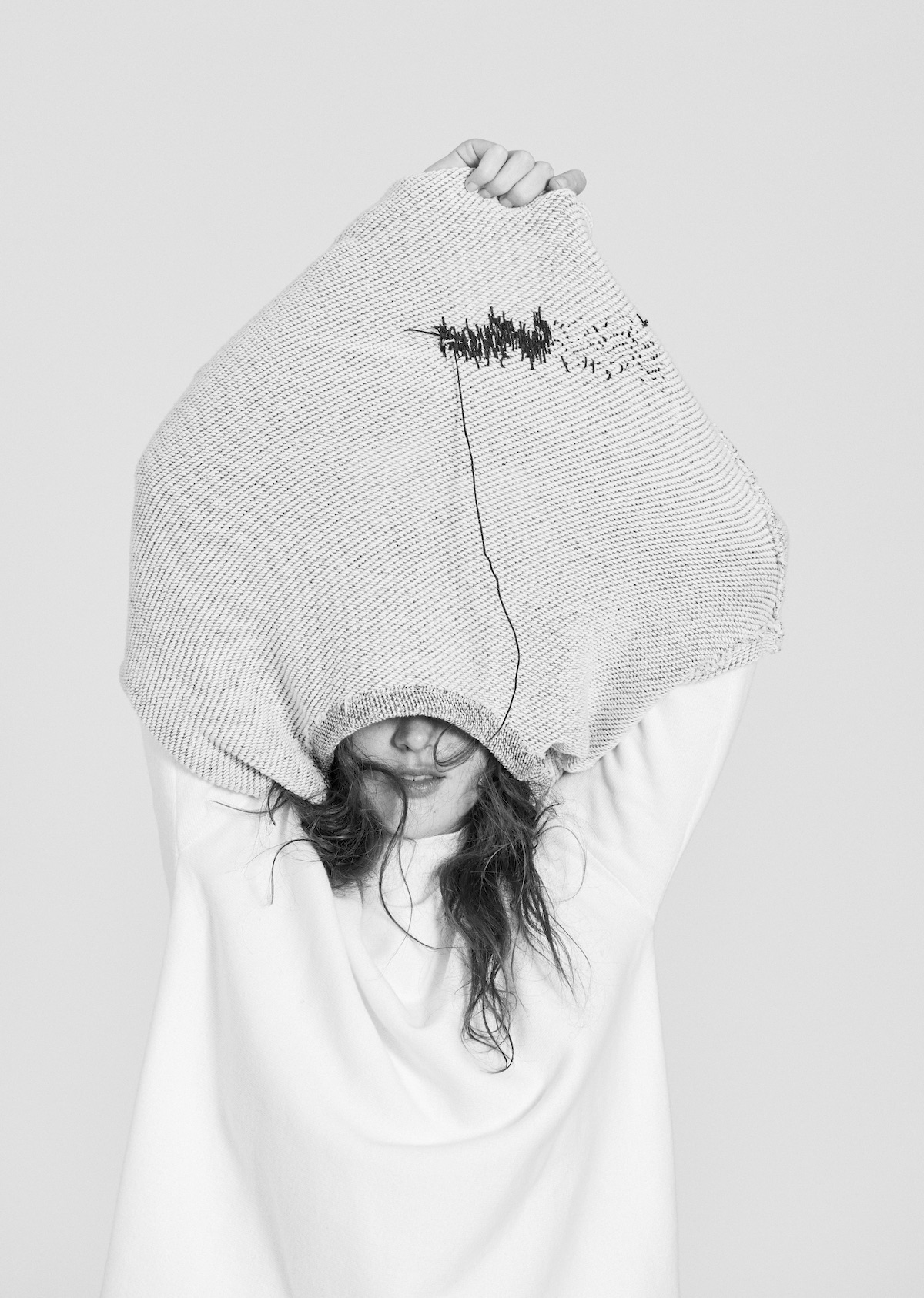
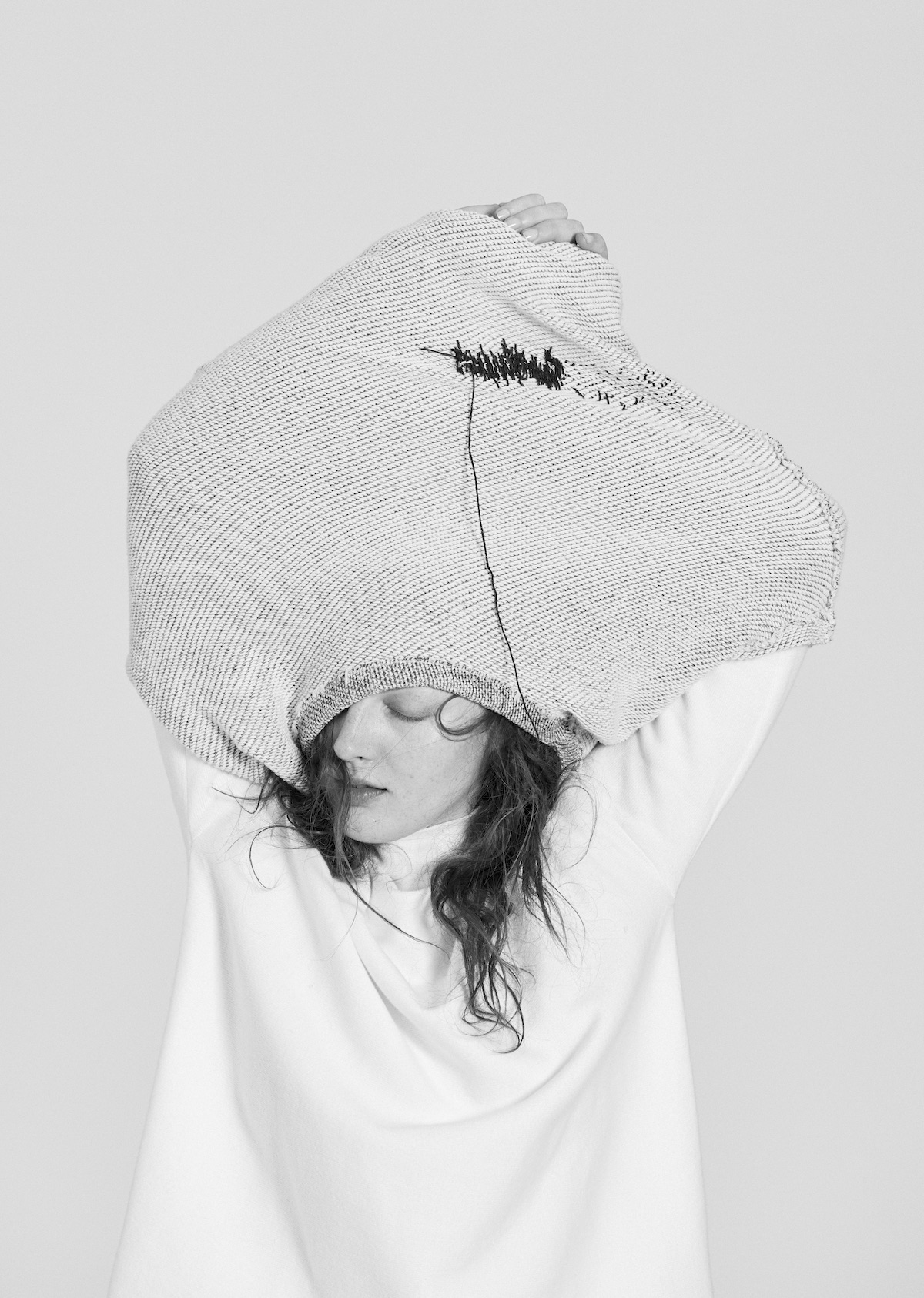
EB: It’s definitely re-seeing the repurposed items and not just making it eco-friendly. That’s a really difficult part about having a luxury brand or brand that is founded on sophistication and elegance like yours. How do you make something that is good for the environment without looking and feeling like a marketing standpoint? You did that really well. Your brand in no way feels hippie, you know what I mean? It’s still so elegant. People don’t look at it like, “Oh, you’re an eco-friendly brand.” That should be innate to every fashion brand.
EF: That’s exactly right. We said all along that people like the story but they can’t just buy the story and the idea, the fact that it’s better for the environment. They might choose to shop with you before others. The customer has to be compelled by the product. She has to want it, she has to know she’s going to live in it and wear it. Otherwise it doesn’t matter that it is eco because it’s going to hang in her closet and it’s going to end up in the garbage or given away or something like that. So the main thing is, first, get them what they love. It’s got to go hand in hand.
All looks Eileen Fisher.
Special thanks to Marie Larson and Andrew Hacker at Eileen Fisher.
